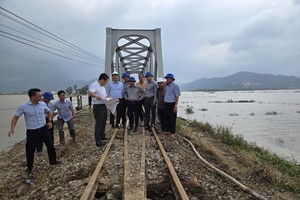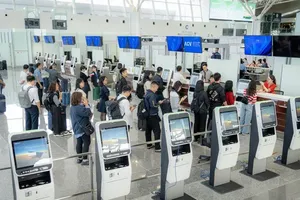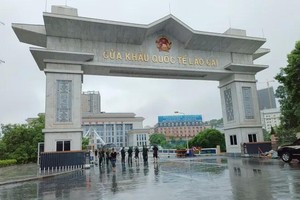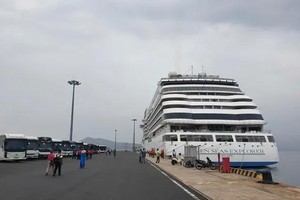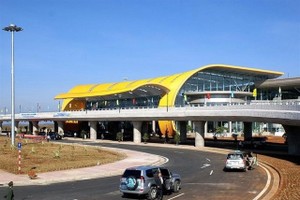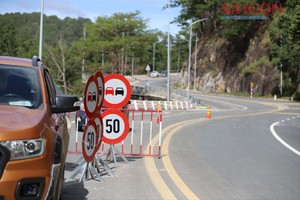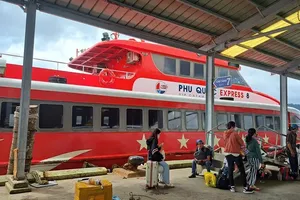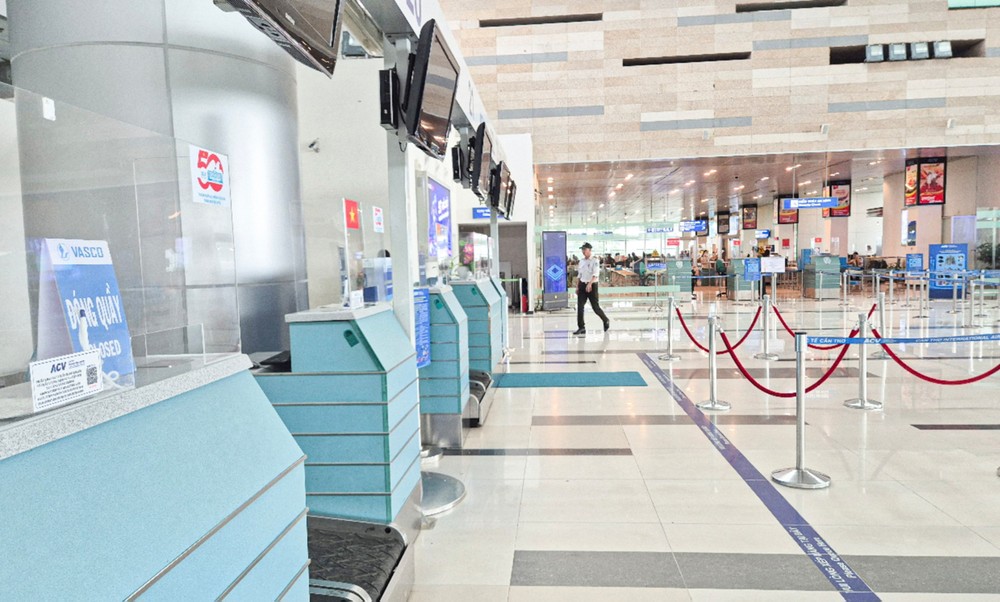
The National Assembly's Resolution 202/2025/QH15 has reorganized many provinces and cities, creating new administrative units with significantly larger populations and land areas. This major change requires a re-evaluation and adjustment of key infrastructure plans, particularly for the country’s airports.
The current national airport system plan for the period 2021-2030 with a vision to 2050 was approved in 2023. However, with new administrative boundaries now in place, this plan no longer aligns with the new population distribution and regional development needs.
An updated plan is essential to ensure resources are optimized and to address new challenges in air traffic management, capacity, and the specific roles of each airport in the new administrative landscape.
Vietnam's smaller airports struggle to take off
Despite significant investment, many of Vietnam's regional airports are operating well below their potential, hindering local economic development and creating a financial burden.
Can Tho International Airport - the largest in the Mekong Delta region - has a design capacity of up to 5 million passengers annually. However, it's far from reaching that goal. In 2024, it served only 1.3 million passengers, and during the peak 2025 summer season, it remained a surprisingly quiet hub. The airport's international terminal is often locked, and many service counters, though prepared, remain vacant. Even taxi drivers report a lack of business, with the airport averaging only 10 flights per day and virtually none after 7 p.m.
Director Ha Vu Son of the Can Tho Department of Industry and Trade noted that this low efficiency is a major missed opportunity, particularly for the tourism sector in the Mekong Delta.
Similarly, Ca Mau Airport, a key link for the country's southernmost region, is struggling. It operates only one route to Ho Chi Minh City, and even that has seen flight reductions due to low demand.
This problem extends beyond the Mekong Delta. According to the Airports Corporation of Vietnam (ACV), out of the 22 operational airports nationwide, five major hubs account for over 86 percent of total passenger traffic. This leaves the remaining airports, such as Rach Gia, Dien Bien, and Chu Lai, operating at a fraction of their capacity; some even at less than 20 percent.
While ACV states that 15 airports are currently profitable, Mr. Nguyen Duc Kien, former Head of the Economic Advisory Group to the Prime Minister, offers a more sobering assessment. He argues that when factoring in all investment and repair costs, only the four busiest airports including Tan Son Nhat, Noi Bai, Da Nang, and Cam Ranh are truly in the black. The rest are operating at a loss.
New development space in airport planning after provincial mergers
According to the plan, by 2030, Vietnam will have 30 airports, including 14 international airports and 16 domestic airports, with a total investment capital requirement of about VND443,000 billion. By 2050, Vietnam will have 33 airports, with the number of international airports remaining the same, and an increase of 3 domestic airports.
Immediately after the plan was issued, the Ministry of Transport (now the Ministry of Construction) had a plan to mobilize resources for implementation. However, to date, the merger of localities has led to changes in development space for many fields, including aviation.
According to Chairman Tran Ngoc Chinh of the Vietnam Urban Planning Association, this restructuring is a unique opportunity to create a more integrated and efficient infrastructure network. By reorganizing transportation systems around shared resources, a more complete and cost-effective network can be built.
Dr. Dao Huy Hoang of the Institute of Construction Science and Technology agrees with the opinion of Chairman Tran Ngoc Chinh, noting that this merger requires re-planning to create multi-polar development axes that can accommodate new, attractive economic regions.
Can Tho is a prime example of this potential. After merging with Soc Trang and Hau Giang provinces, the city has emerged as a dynamic hub in the Mekong Delta region. With an expanded population and land area, it now possesses a comprehensive transport network, including a major airport.
Chairman Tran Van Lau of the Can Tho City People's Committee stated that the city's priority is to improve the efficiency of Can Tho Airport by attracting more investment and tourists, and by better integrating the airport with existing local tourism routes.
Despite the clear benefits, experts warn that the new administrative reality brings significant challenges. First, there's the issue of merging previously separate plans and administrative structures, which can be a slow and complicated process. There's a risk of separatist thinking where newly merged areas fail to cooperate fully, leading to fragmented investment and wasted resources.
Furthermore, with a national goal of having 30 airports by 2030 and 33 by 2050, the current issues facing underutilized airports must be addressed immediately. Decision-makers must help these airports become profitable and efficient before new ones are built, ensuring a sustainable and integrated aviation network for the country.

